To mark half a century of the legendary Turbo models, six hand-selected cars, representing a mixture of road and track models from the Porsche Museum in Stuttgart, have been chosen to celebrate the occasion at Icons of Porsche on 23-24 November 2024 at the Dubai Design District.
“Icons of Porsche has quickly grown into one of the highlight events of each year in terms of display of classic Porsche sportscars,” said Achim Stejskal, Director of Porsche Museum and Heritage, Porsche AG.
“We are pleased to be supporting the festival again this year with these famous models. I’m also sure all fans attending will get to see one of the largest collections of outstanding classics one could ever hope to see in one place at one time.”
With the ’50 Years of Turbo’ theme one of the highlights of this year’s festival, a 1988 911 Turbo (G Series), a 1991 944 Turbo Cabriolet, and a 1993 911 Turbo (generation 964) will make the trip to Dubai to be star attractions at Icons of Porsche.
With eight Le Mans 24 Hours wins between them from 1982 to 1998, examples of the 956, 962 and 911 GT1 race cars will also feature, to celebrate an era when Porsche models dominated world endurance racing in Europe, North America and Japan.
Porsche 956
In 1982, Porsche created the 956 for the World Endurance Championship with pioneering technology such as its fuel-efficient, 2.6-litre turbocharged engine and fully synchronised five-speed gearbox.
A radical monocoque chassis incorporated a new technology for Group C sports prototype cars with inbuilt diffusers that sucked the car to the track to increase cornering speeds, giving Porsche an advantage over its competitors.
Its Le Mans debut yielded a one, two, three victory while factory driver Jacky Ickx went on to win that year’s World Sportscar Championship.
Porsche 962
Based on the Porsche 956, its successor, the 962 was introduced at the end of 1984 for the IMSA regulations in North America, and retained the aluminium monocoque and underbody with ground effects. Additionally, Porsche engineers developed the pioneering Porsche dual-clutch transmission (PDK) for fast, yet gentle gear changes under full load, which is now installed in many Porsche models on-sale today.
The 962 allowed Porsche to expand its race program beyond endurance racing and it entered Supercup sprint races from 1986, winning the championship in 1987 as well as continuing the 956’s 24-Hours of Le Mans success with victories in 1986 and ’87 in addition to winning the World Sportscar Championship in 1985 and 1986.
Porsche 911 GT1 '98
On display at Icons of Porsche will be the Zakspeed entered Porsche 911 GT1 '98, which was prepared in close co-operation with the factory and is virtually identical to the car that won the Le Mans 24 Hours in 1998.
Competing in the top GT1 category of the 1998 FIA GT World Championship, the Zakspeed car claimed numerous top 10 results including third place in the Silverstone 500km race.
The 911 GT1 '98 features the first ever Porsche designed, carbon-fibre chassis and carbon-fibre brakes, as well as a sequential six-speed gearbox. Just five examples of the 911 GT1 '98 were built.
1988 Porsche 911 Turbo 3.3 Coupé (G Series)
The second generation of the Porsche 911, the ‘G Series’, debuted in 1973 and ran until 1989 when it was farewelled with the 911 Turbo 3.3 that combined a 300 PS turbocharged engine with a five-speed transmission for the first time.
This allowed the 911 Turbo to accelerate from zero to 100 km/h in just 5.2 seconds and maintain a top speed of 260 km/h.
1991 Porsche 944 Turbo Cabriolet
The exclusive 944 Turbo Cabriolet of 1991 was the last Porsche 944 ever built and used the same race-winning, high-torque, all-alloy, 3-litre, four-cylinder engine from the 944 Turbo Coupé.
Aside from the powered folding roof, a delete rear spoiler differentiated the 944 Turbo Cabriolet from its Coupé sibling in looks, however it still recorded a top speed of 260 km/h with 250 PS of power 350 Nm of torque, which were extraordinary figures from a four-cylinder car in its day.
Considering more than 160,000 examples of the 944 were produced from 1981 to 1991, the Turbo Coupé’s run of 23,000 models has made it a rarity while the miniscule 528 examples of this Turbo Cabriolet ensures it will forever be one of Porsche’s most desirable and exclusive models.
1993 Porsche 911 Turbo 3.6 (generation 964)
The air-cooled turbocharged concept for the road reached yet another highpoint with the Porsche 911 Turbo 3.6 from the 964 Series.
Adding a turbocharger to the 964’s 3.6-litre, six-cylinder engine not only boosted its power to 360 PS and bumped its torque up to 520 Nm, but it also returned improved fuel efficiency gains of five to 10 per cent over the previous 3.3-litre version.
Together with a wide wing design and a mild tweak to the iconic rear spoiler, the 911 Turbo 3.6 (964) represents the quintessential look of the 911 Turbo for many. The eye-catching interior equipment matching the body colour of this Museum car was suggested by its customer.
Icons of Porsche
Tickets to Icons of Porsche are available online via IconsofPorsche.com. Single day tickets are 35 AED and weekend two-day tickets are AED 50.
Follow Porsche Middle East and Africa on Instagram for the latest event updates or visit www.iconsofporsche.com.
In the Media
Click here for coverage from Motor283.
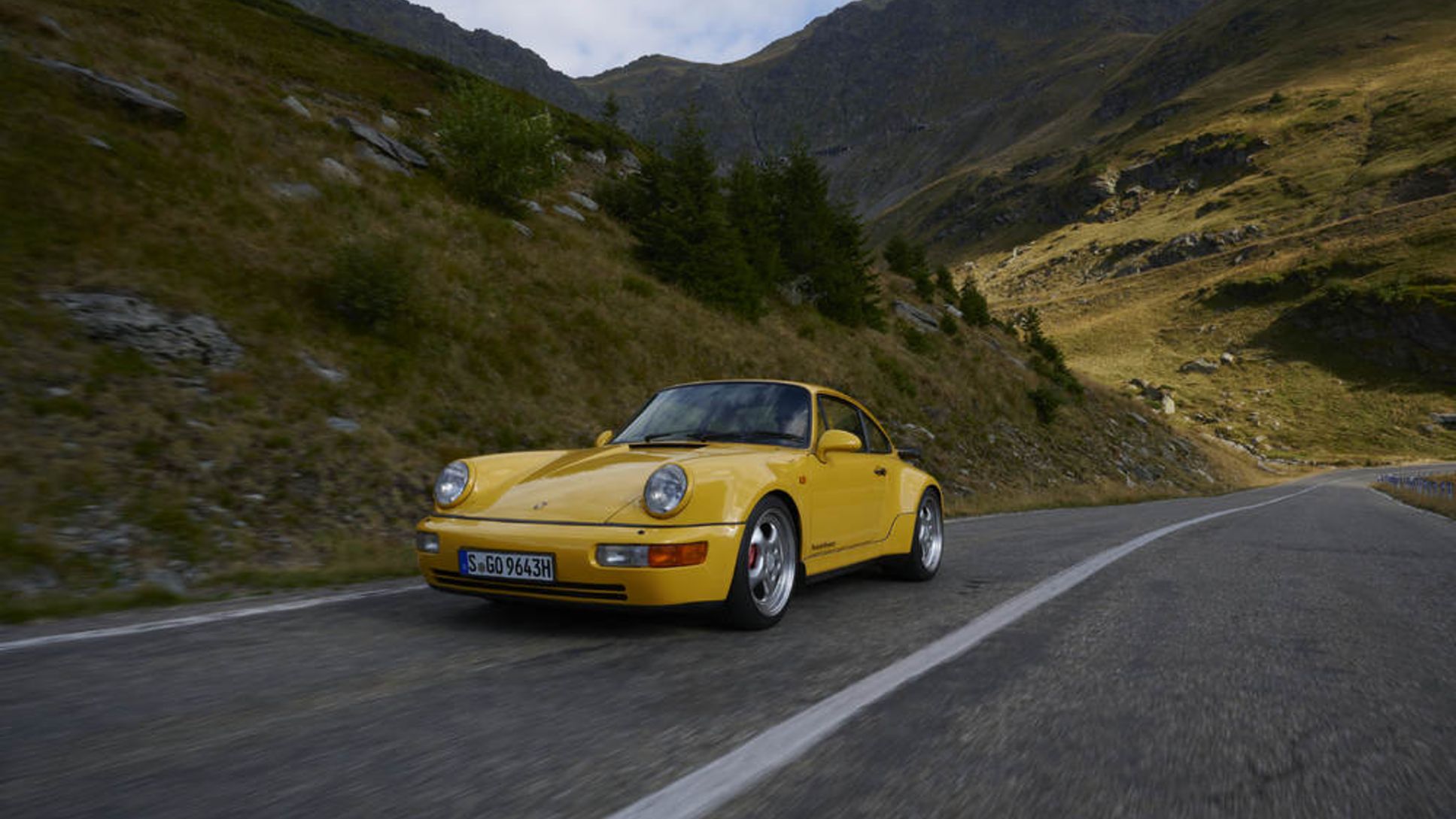
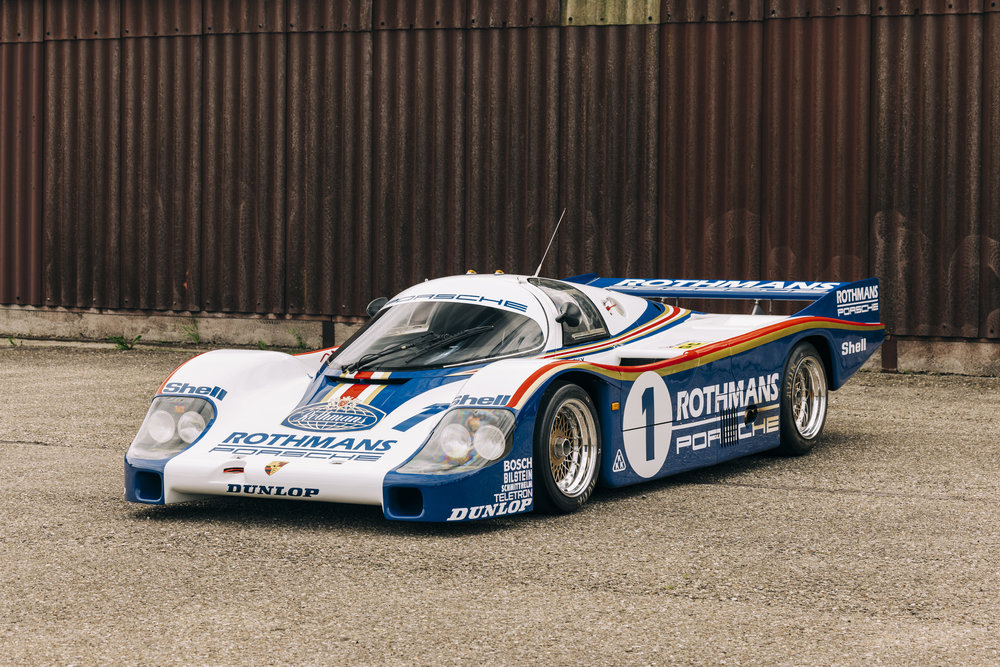
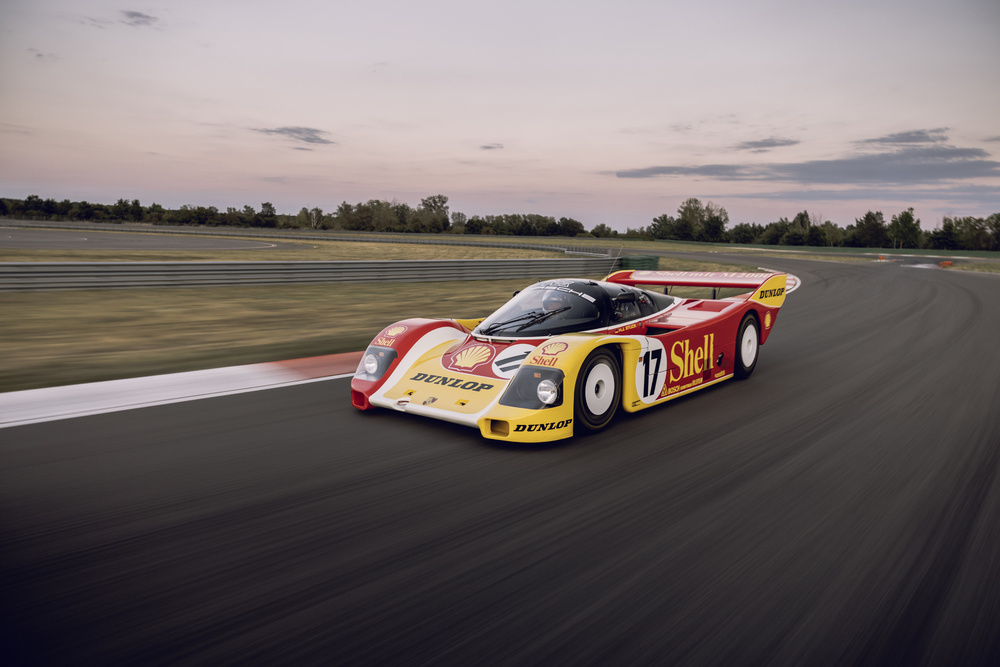
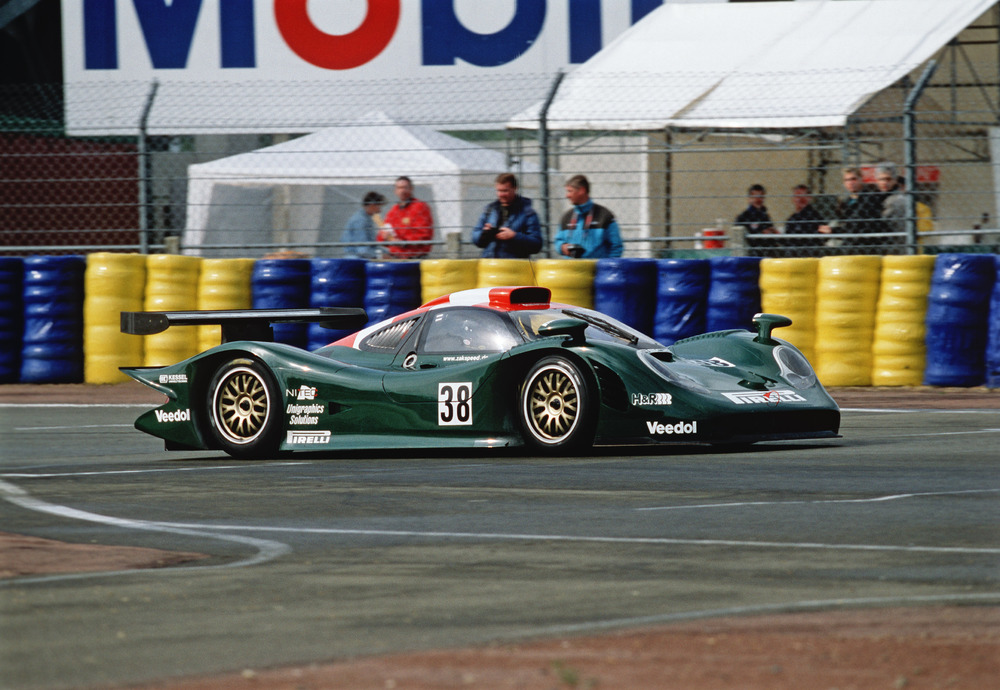
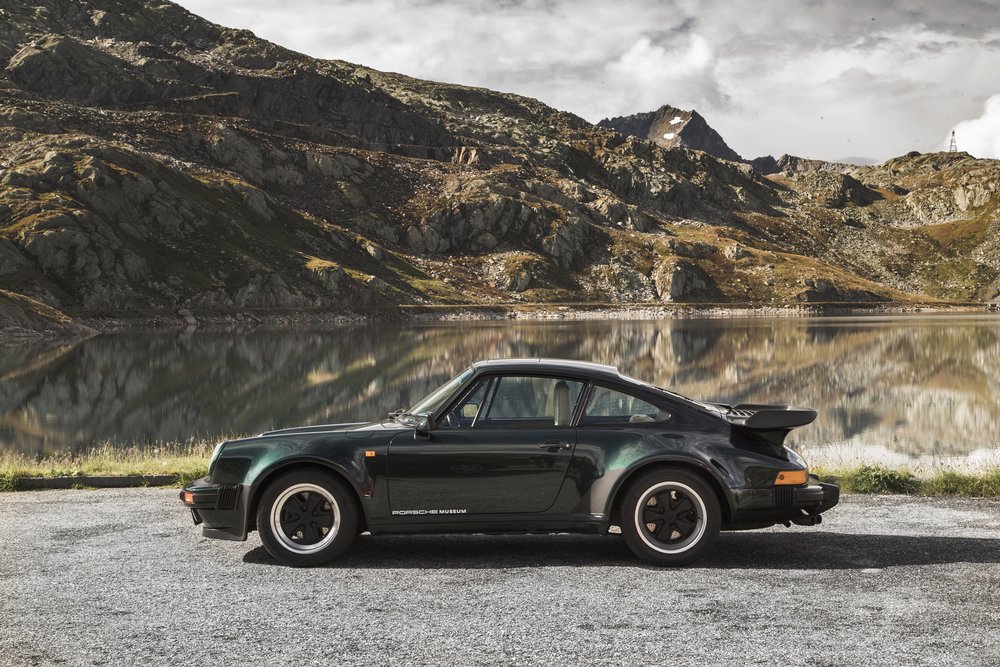
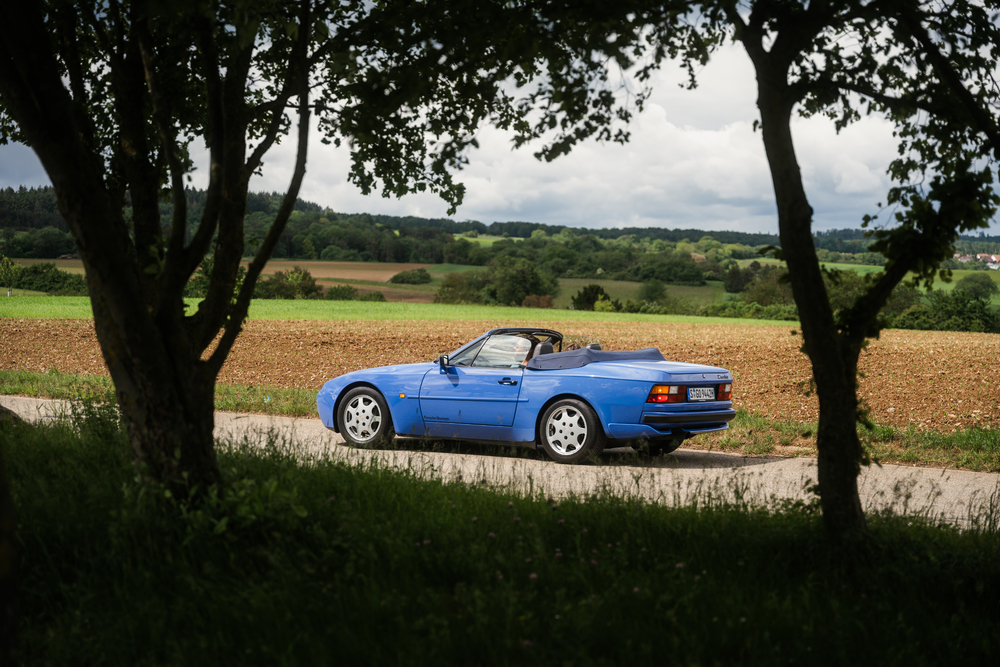
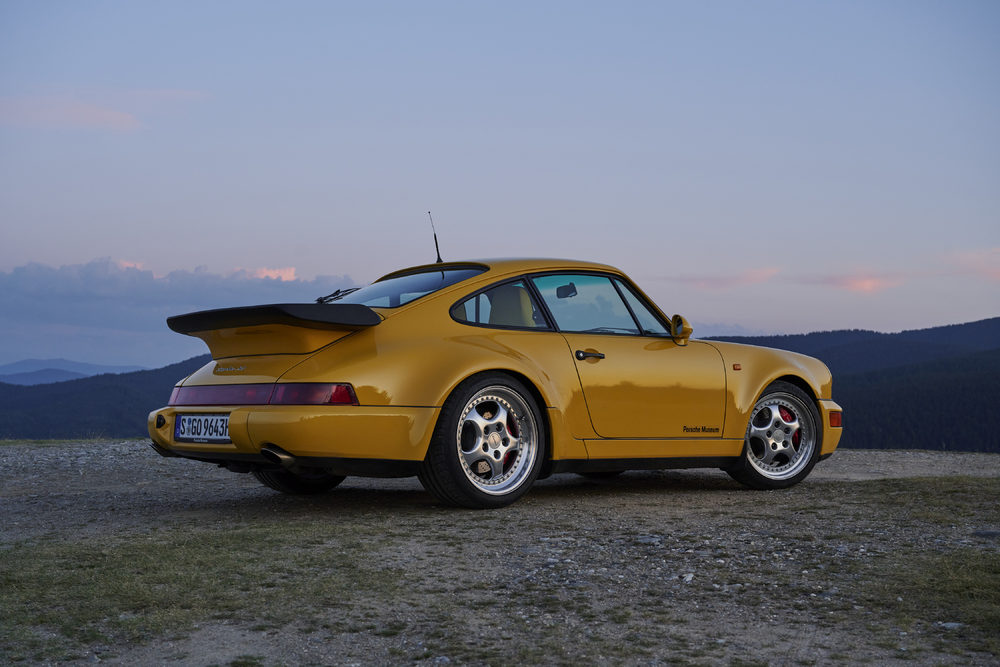


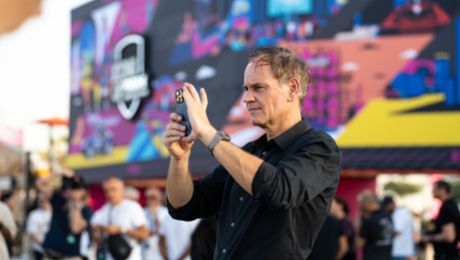
-22-11-2025-Abdullah.jpg/jcr:content/(06)-22-11-2025-Abdullah.jpg)